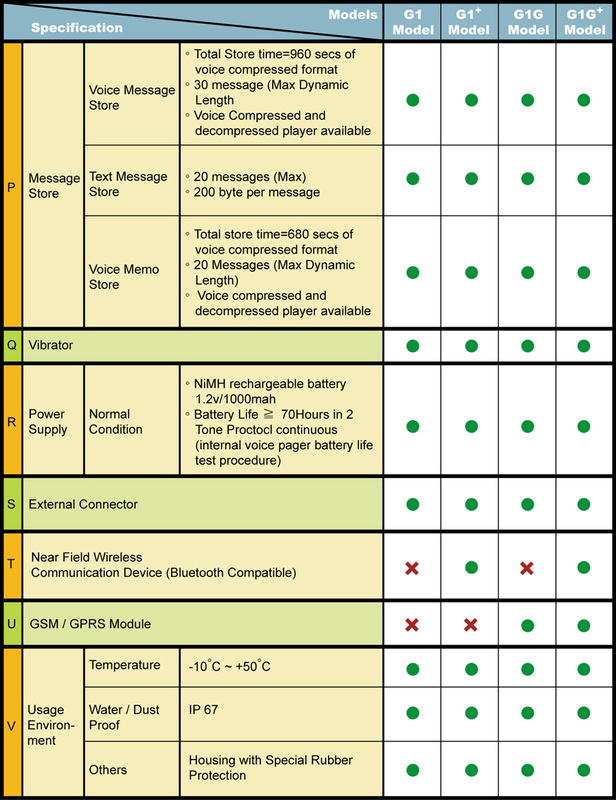

#Pager code translator series#
Therefore, tone A is in tone series Z and tone B is in tone series Z. Looking at the prefix and first digit of the Cap Code, "Y3", we find that column Y and row 3 of Table 3 contains the information "Z Z".Tone B = Tone Code 156, Frequency 767.4 HzĮxample: Suppose we need to decode Cap Code "Y392" for programming tone frequencies into the Quick Call II equipped Maxtrac.Tone A = Tone Code 117, Frequency 483.5 Hz.This Maxtrac would have the following ID tones programmed: Using the third digit of the Cap Code, "6", and Table 2, we determine that tone B is tone number 6 in group 5 (determined in step 1).Using the second digit of the Cap Code, "7", and Table 2, we determine that tone A is tone number 7 in tone group 1 (determined in step 1).Therefore, tone A is in tone group 1 and tone B is in tone group 5. Looking at the prefix and first digit of the Cap Code, "D4", we find that column D and row 4 of Table 3 contains the information "1 5".If the Cap Code letter prefix is a "Y", however, locate the row corresponding to the first digit of the Cap Code in column Y of Table 3, and use the resulting tone group information (tones A, B in tone groups A, B or Z), Table 4, and the second and third digits in the Cap Code to determine the exact tone codes.Įxample: Suppose we need to decode Cap Code "D476" for programming tone frequencies into the Quick Call II equipped Maxtrac. Table 3 and the second and third digits of the Cap Code determine the exact tone codes from Table 2 as outlined in steps 3-6 of the General Encoding Method. In the column for the Cap Code letter prefix, on the row corresponding to the first digit of the Cap Code, will be located the tone groups from which tones A and B will be selected. In essence, each code type column in this table is used in the same way as Table 1 was used in the general encoding method. Table 3 shows the group selection scheme by code type. In the code assignment method, the selected tone groups depend on the system code type. In the general encoding method, the relationship between the first digit of the Cap Code and the tone qroups selected is arbitrary.

Decode Cap Codes encoded by this method are assigned a letter prefix, commonly referred to as the "code type". This encoding method was originally devised to accomodate the large number of pagers and other communication products used in high capacity paging systems. High Capacity Encoding Method (1 Letter Prefix, 3 Digit Cap Code)

Locate the third digit of the Cap Code in the first column of Table 2.The tone code and frequency are indicated for tone A under the tone group. Locate the tone group number for tone A in Table 2 (determined in step 2).The second digit of the Cap Code corresponds to the tone number for tone A. These groups are numbered and designated as tone groups 1-6 and 10-11. This table contains the 80 "standard" tone frequencies divided into eight groups of ten tones each. Locate the second digit of the Cap Code in the first column of Table 2.In columns 2 and 3 of Table 1, find the tone group numbers for tones A and B that correspond to the first digit of the Cap Code.Locate the first digit of the Cap Code in the first column of Table 1.To determine the tone frequencies or tone codes for a specific Quick Call II ID given in a Cap Code format, proceed as follows: The next two digits of the Cap Code identify tones A and B respectively, as selected from the tone groups indicated in Table 1. The first digit of the 3 digit Cap Code (for a particular call) determines the tone groups from which tones A and B will be selected (or tone C as well in the case of certain group calls), as indicated in Table 1. General Encoding Method (3 Digit Cap Code) Quick Call II Cap Code Translation Quick Call II Cap Code Translation


 0 kommentar(er)
0 kommentar(er)
